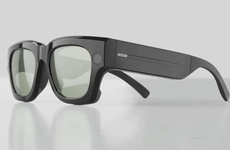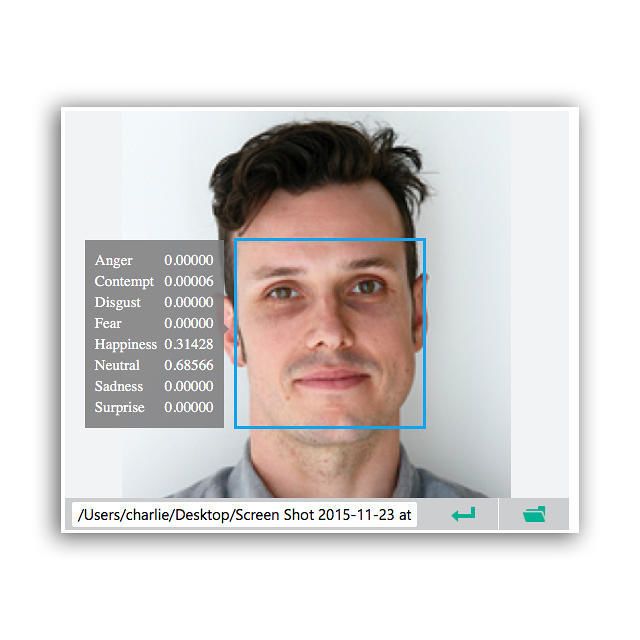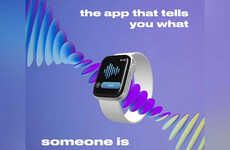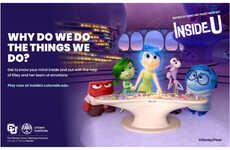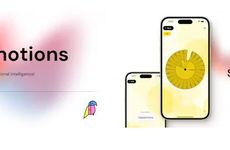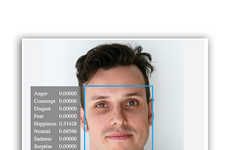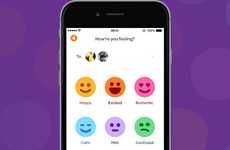
The Microsoft Project Oxford Can Decipher Sentiments from Photography
References: projectoxford.ai & fastcoexist
The Microsoft Project Oxford is a photo-analysing platform that can creatively scan and read the emotions present in the portrait images. The platform is able to do so by scanning the faces present in the illustration and dissecting the expression in the person's face.
Going beyond the capabilities of a standard photo software, the Microsoft Project Oxford uses predicting metrics to give assertive guesses on what the subject in the photograph is feeling. The app scans the face and then gives a emotional reading, offering up several feelings such as anger, disgust, fear, happiness, sadness, neutral, surprise and comfort a percentile reading. While the software isn't perfectly accurate, it showcases how technology is using predictive methods to better understand and interact with human emotion.
Going beyond the capabilities of a standard photo software, the Microsoft Project Oxford uses predicting metrics to give assertive guesses on what the subject in the photograph is feeling. The app scans the face and then gives a emotional reading, offering up several feelings such as anger, disgust, fear, happiness, sadness, neutral, surprise and comfort a percentile reading. While the software isn't perfectly accurate, it showcases how technology is using predictive methods to better understand and interact with human emotion.
Trend Themes
1. Emotion-analyzing Technology - Developing more advanced technology to accurately read emotions through face recognition.
2. Predictive Photo Software - Improving photo software by incorporating predictive metrics to better understand the user's emotions and preferences.
3. Human-computer Interaction - Advancing the interaction and communication between humans and computers by incorporating emotional recognition and expression.
Industry Implications
1. Psychology - Incorporating emotion-reading image apps in the psychological field to improve diagnosis and treatment of mental health conditions.
2. Marketing - Utilizing predictive photo software for marketing campaigns to more accurately target consumers' emotional responses and preferences.
3. Entertainment - Incorporating emotion-reading technology in entertainment, such as video games, to enhance user experience and allow for more personalized content.
2.3
Score
Popularity
Activity
Freshness





